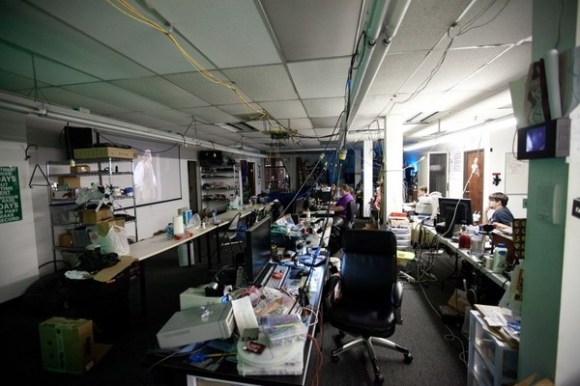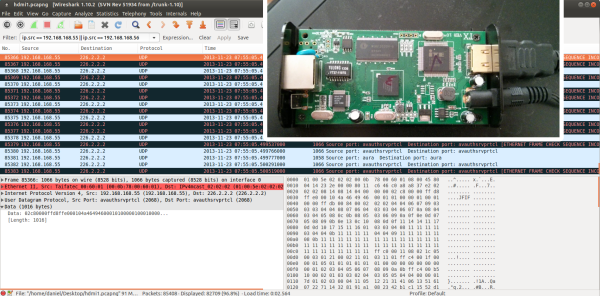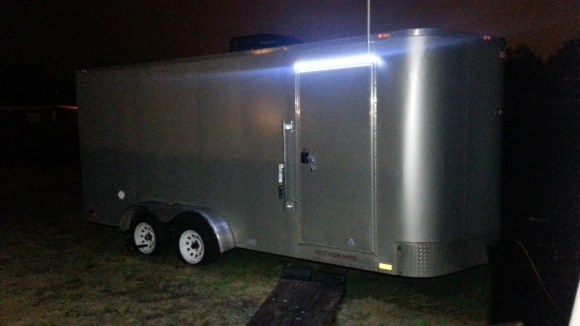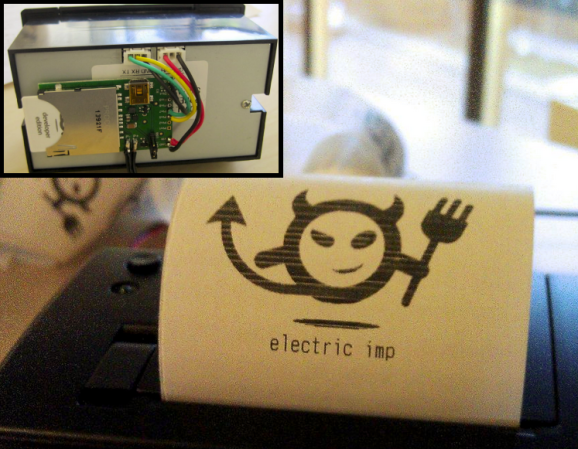A few days ago, the folks at Nullspace Labs in downtown LA got a surprising memo: their building is going to be gutted in a month. With thirty days left, they need money to cover first and last months rent, and help with moving. We can imagine that moving a Hackerspace is no small feat, since they tend to accumulate tons of awesome stuff.
The Hackerspace has started a crowd funding campaign, and has posted a call for help. They are looking for money, new members, or help with moving. If you’ve never been, you can check out our tour of Nullspace Labs.
It’s tough deciding what Hackerspace news to cover. We can’t run individual features on every tip we get promoting Hackerspace events, developments, crowd funding campaigns, and calls for help. We’re featuring this one because we just visited them, they’re awesome, and they’ve also been the source for many great stories over the years, like craning in a laser cutter or developing a modular LED orb. So here’s a question for you: Should we be presenting more Hackerspace news that is perhaps only relevant at the local level? If you think we should, how would we present it? There’s the option of doing occasional links-post-like roundups. But if you have a better idea we’re all ears.

















